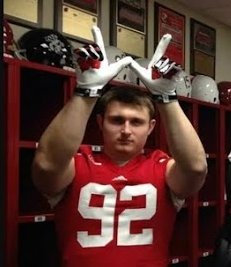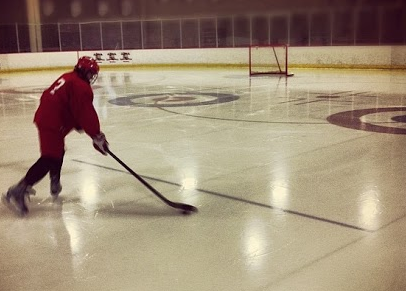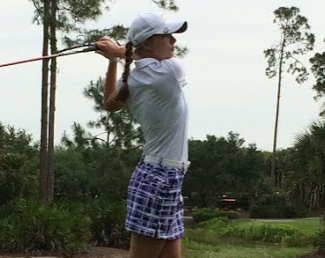How to win at the recruiting game
October 10, 2014
“The recruiting process is similar to a roller coaster, at times it was fun, and at times it was difficult,” Anika Hitt, senior and varsity golfer, stated. From the excitement when you open your first college letter to the disapointment when you find out a college is out of reach, the road to playing college sports can be a rough one, and it is important to attack the process with dexterity.
The essential part of the recruiting process is getting your name out early and often, whether it is through the use of recruitng profiles such as National Collegiate Scouting Association (NCSA), Rivals.com, Hudl.com or National Scouting Report (NSR), it is crucial to put yourself out there for recruiting coaches to see. One of the biggest regrets Elijah Perine, senior and varsity football player, has was not starting his recruitment process his freshman year.
Another area requiring the attention of many college coaches is the offseason. Not only does it give athletes a chance to improve their overall game but also the ability to travel around and talk to coaches. Athletes have to take any chance they can take in order to get better because for starters, their team is counting on them for the upcoming season, and it gives them a better chance of getting recruited. Perine reflected on when he was a freshman: “I could only bench with twenty-fives on each side, but when the offseason rolled around and with all my hard work and effort, slowly those twenty-fives became thirty-fives, and the thirty-fives turned into forty-fives.”
Being a high school athlete is not a part-time job, and striving to be a college athlete is even more time consuming. Hitt knows that she is at a disadvantage when compared to girls out in California or Florida. “Girls who live there play outside all year round and are practicing five to six hours a day, so it is important I practice hard everyday of the year.”
Some sports are unlike others, hockey, for example, heavily recommends the high schooler to spend time in a juniors league or junior college before heading over to an actual college. Riley Dixon, senior and hockey player, stated, “There is such a big jump from high school or AAA hockey to college hockey, so juniors leagues are made to give players more time to develop so they can better compete at the NCAA or ACHA level.” In essence, before a hockey player even gets a glimpse by a college coach, he first has to take a pit-stop at the juniors level to hopefully peak a couple of college coaches’ interests.
The recruitment process involves five major stages.
1. Set up a profile on NCSA, Hudl, NSR or Rivals and getting yourself cleared through the NCAA Clearinghouse.
2. Add all your stats and accomplishments on your profile.
3. Include your highlight tape, and send it out to coaches and schools you would be interested in.
4. Fill out a questionnaire on the team’s website.
5. Visit camps at colleges to get more exposure. Then eventually you will have to tour the actual college you are interested in.
As an athlete, it is important to put yourself out there because without exposure the coaches will never find out who you are. Also, if you are interested in playing in college, make sure to notify your coach of this because they will be more than eager to help you with the process. If you are interested in finding more about playing at the next level, make sure to listen on the announcements for when the next college athletes seminar occurs during flextime.

sports teams. The form differs from sport to sport and college to college Elijah Perine has filled
out a myriad of these forms. “I send out my highlight tape to all my potential colleges, because
it is crucial to get your name out there,” Elijah Perine, senior, stated.

past summer. Pfaff received multiple offers from differing D1 school. “I looked for colleges with
traditions in excellence as well as a great atmosphere.”

from coaches. Dixon played for varsity last year, and played on JV his sophomore year when he
broke the all time points record. “Scouts look for players who do the little things right, such as
blocking shots and back checking,” Dixon stated.
